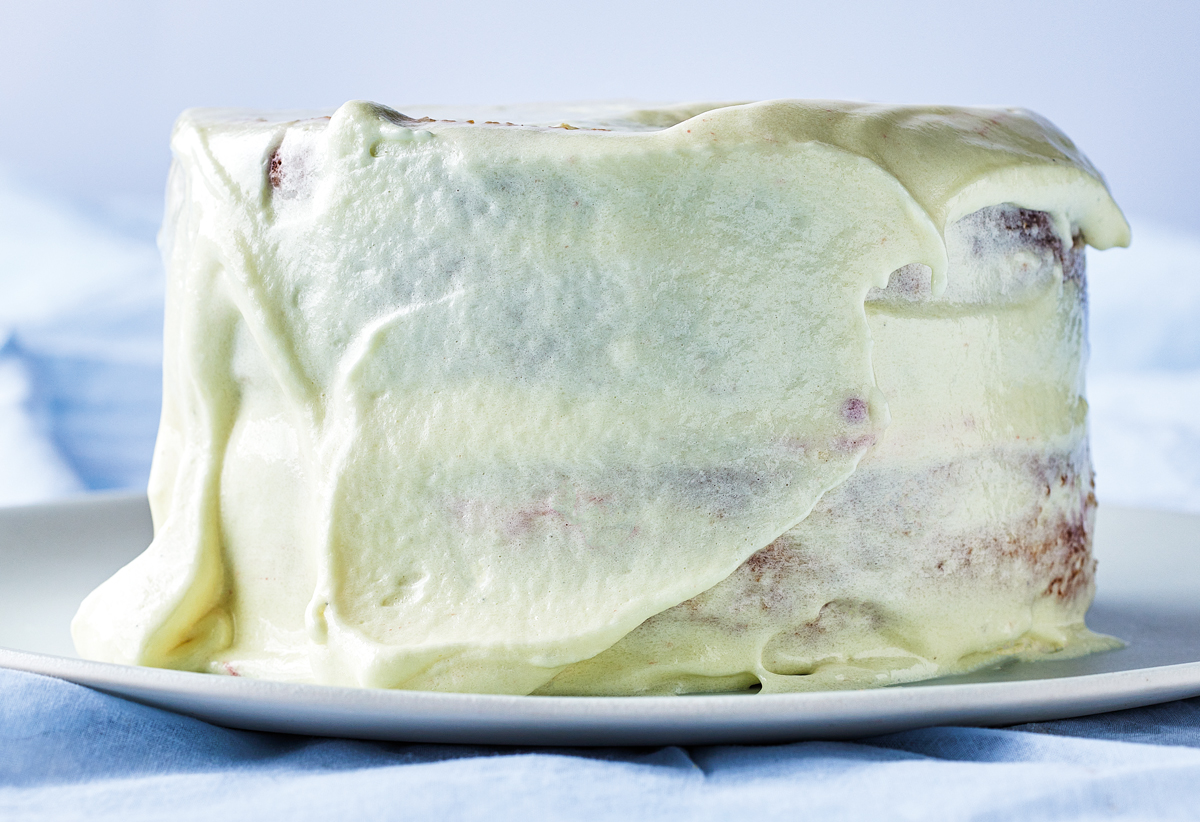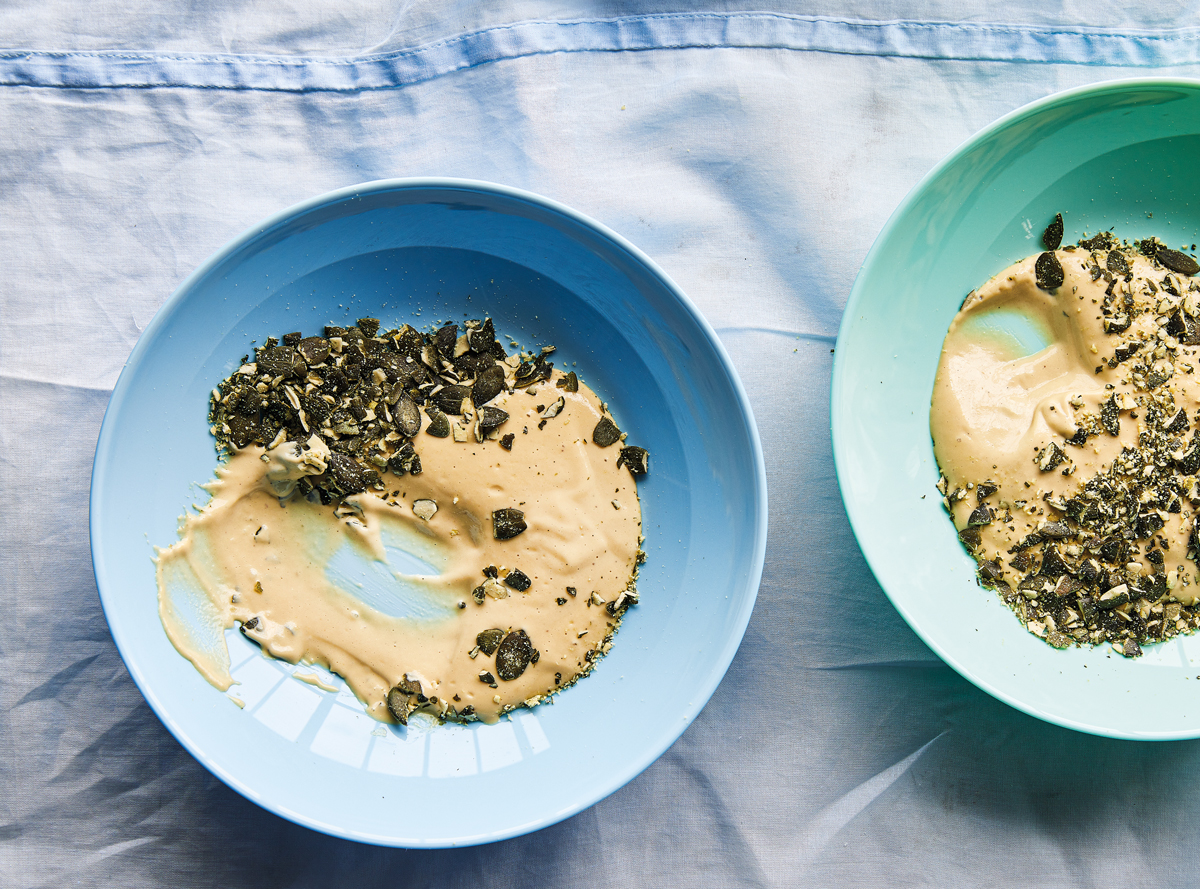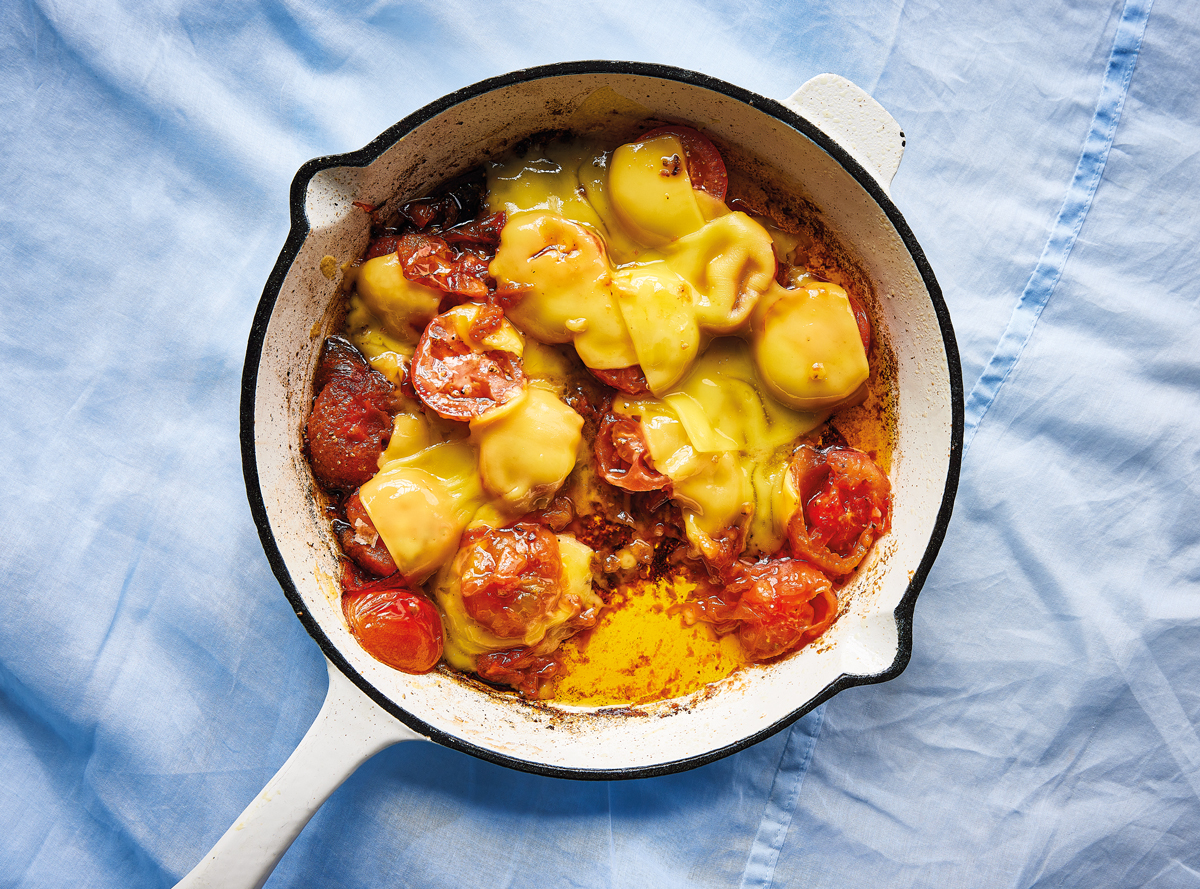Everything you need to know about cooking with dairy alternatives
Whether you stick to a specific eating plan, such as vegan or gluten-free, for some, dairy doesn’t always make them feel their best. But giving up dairy doesn’t mean missing out, we’ve got the recipes and the clever substitutions to prove it.
Baking with dairy alternatives
Fortunately, baking is a lot more forgiving when it comes to swapping out milk for alternatives. You can use coconut milk, rice milk, almond milk or any other alternative as a substitute for cow’s milk in baking recipes. When it comes to things like yoghurt or sour cream, a good coconut yoghurt will work just as well. If you’re avoiding butter, either switch to an oil-based recipe or use a good vegan butter. This also stands in well in things like icings, but you could also do what Abi suggests below and use chilled avocado oil.
Cooking with dairy alternatives
When it comes to using dairy alternatives in savoury recipes, there are two things to look out for. Firstly, the flavour of the item you’re using, as well as when you’re adding it to the recipe. If you’re making something like a béchamel, choose a mild-flavour alternative milk such as oat milk. It’s also always a good idea to make sure you’re using unsweetened and unflavoured milks too, as vanilla almond milk would taste terrible in a vegan mac and cheese, for example. In terms of when to add the milk, remember that milk contains lecithin, which is a natural emulsifier that keeps the milk’s fat and water together. Non-dairy milks often have lecithin added to them, which means you need to be careful about boiling the milk and breaking them down. Don’t worry too much about this, just make a note to add alternative milks towards the end of cooking and not to boil them.
Find some of our favourite recipes using dairy alternatives below.
 Get the recipe for dairy-free sponge cake here.
Get the recipe for dairy-free sponge cake here.

 Get the recipe for dairy-free butterscotch pudding here.
Get the recipe for dairy-free butterscotch pudding here. Get the recipe for dairy-free fondu here.
Get the recipe for dairy-free fondu here.

Comments